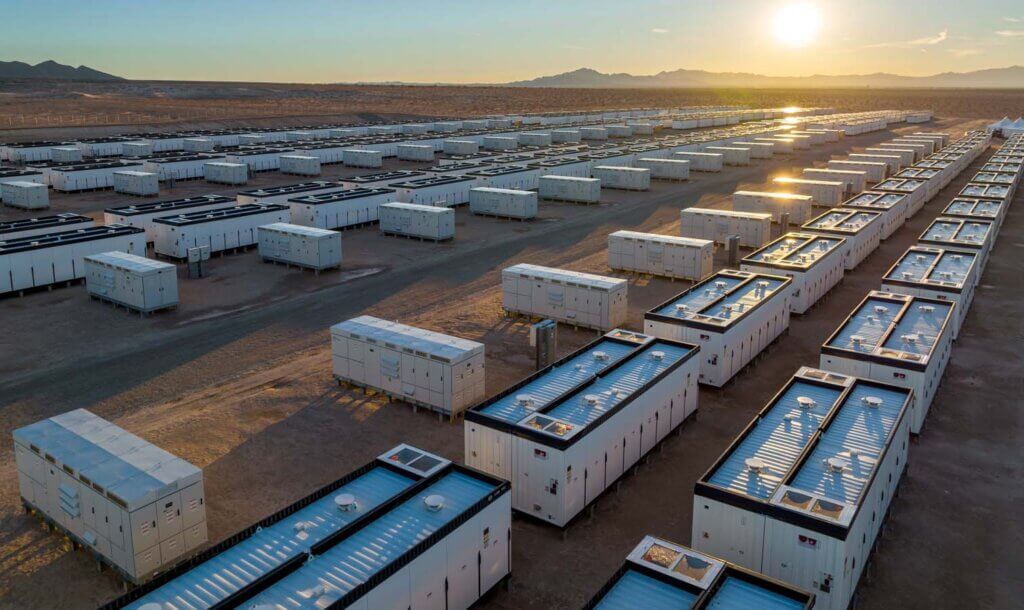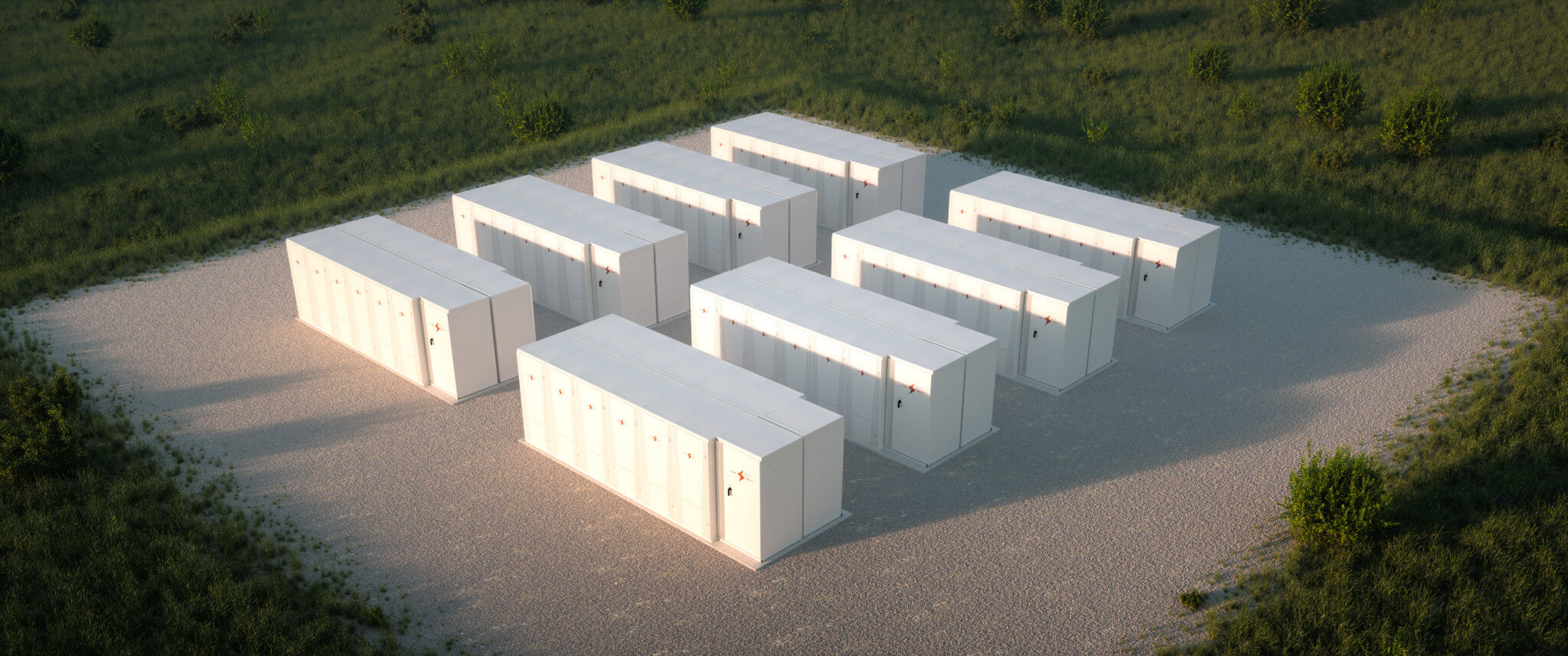Energy storage technologies
Since the discovery of electricity, we have sought effective methods to store that energy for use on demand. Over the last century, the energy storage industry has continued to evolve, adapt, and innovate in response to changing energy requirements and advances in technology.
Storage means reduced costs, resilience, flexibility, and security.
Energy storage systems provide a wide array of technological approaches to managing our power supply in order to create a more resilient energy infrastructure and bring cost savings to utilities and consumers.
To help understand the diverse approaches currently being deployed around the world, we have divided them into five main categories:
- Batteries: a range of electrochemical storage solutions, including advanced chemistry batteries, flow batteries, and capacitors
- Thermal : capturing heat and cold to create energy on demand or offset energy needs
- Mechanical Storage: other innovative technologies to harness kinetic or gravitational energy to store electricity
- Hydrogen: excess electricity generation can be converted into hydrogen via electrolysis and stored
- Pumped Hydropower: creating large-scale reservoirs of energy with water
Hydrogen energy storage
Electricity can be converted into hydrogen by electrolysis. The hydrogen can be then stored and eventually re-electrified. The round trip efficiency today is lower than other storage technologies. Despite this low efficiency the interest in hydrogen energy storage is growing due to the much higher storage capacity compared to batteries (small scale) or pumped hydro and CAES (large scale).

Join American Clean Power
Elevate Your Business with Insider Access:
- Policy Direction: Your voice in critical industry discussions.
- Exclusive Networking: Learn directly from key players in clean energy.
- Insider Information: First-hand access to policy insights and premier events.
- Advanced Tools: Our proprietary data at your fingertips to drive growth.
Act now to become a defining part of clean energy’s future.
Stay informed
Subscribe to American Clean Power and receive the latest clean energy news, policy updates, and opportunities to get involved.









